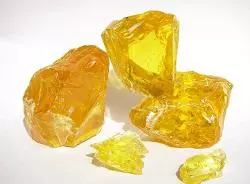Sodium Nitrate - Taiwan
|
IUPAC Name |
: Sodium Nitrate |
|
Cas Number |
: 7631-99-4 |
|
HS Code |
: 3102.50.00 |
|
Formula |
: NaNO3 |
Basic Info
|
Appearance Name |
: White Powder or Colorless Crystals |
|
Common Names |
: Chile Saltpeter, Nitrate of Soda, Cubic Niter |
|
Packaging |
: 25 Kg Bag |





-starch.webp)
 English
English
 Indonesian
Indonesian
 简体字
简体字
 العربية
العربية
 Español
Español
 Français
Français
 Português
Português
 日本語
日本語
 한국어
한국어
 Tiếng Việt
Tiếng Việt
